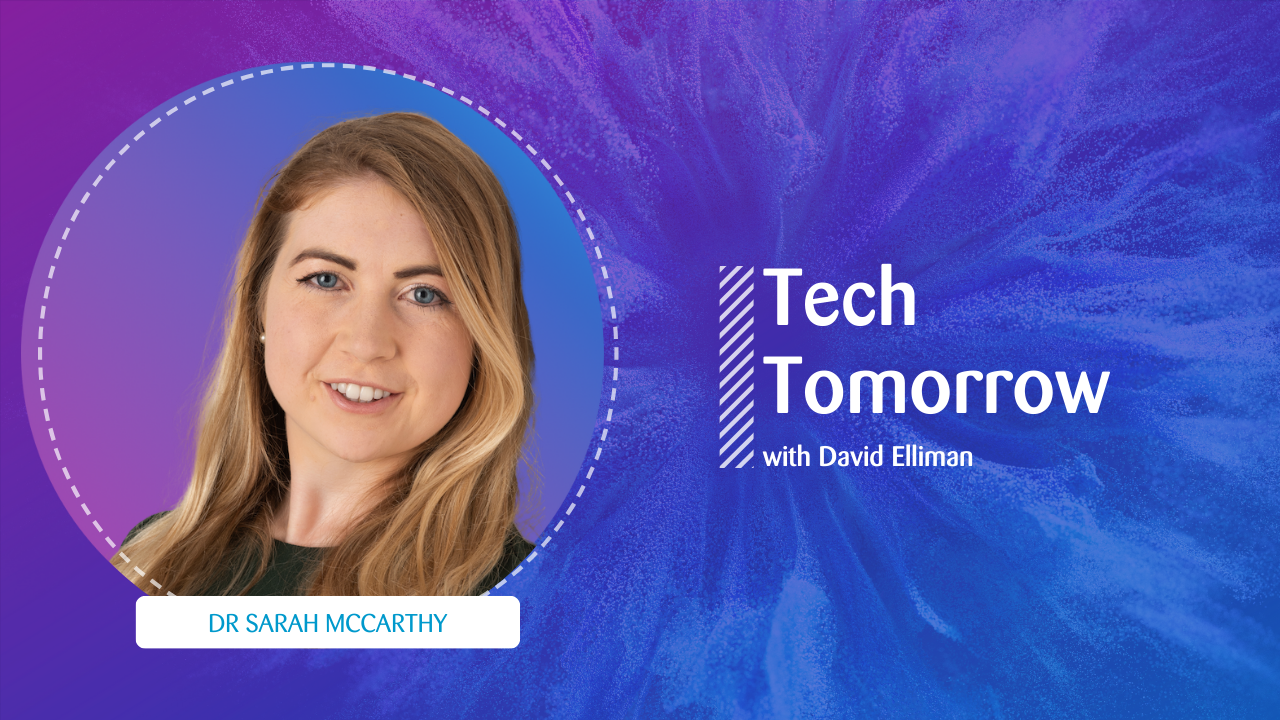MedTech benefits from in-house capabilities in developing healthcare technologies
Overall, many MedTech players have (connected) medical devices in their product portfolio. Hence, they are familiar with and have in-house capabilities for the development, go-to-market, and lifecycle management of digital technologies, services, and generated data. In contrast, many pharma companies are somewhat new to managing digital solutions, especially if they lack capabilities from combination products, drug delivery, or other devices. ‘User centricity’ is a slogan found on every pharmaceutical website, but it’s not translated to patient journey support by digital health solutions.










